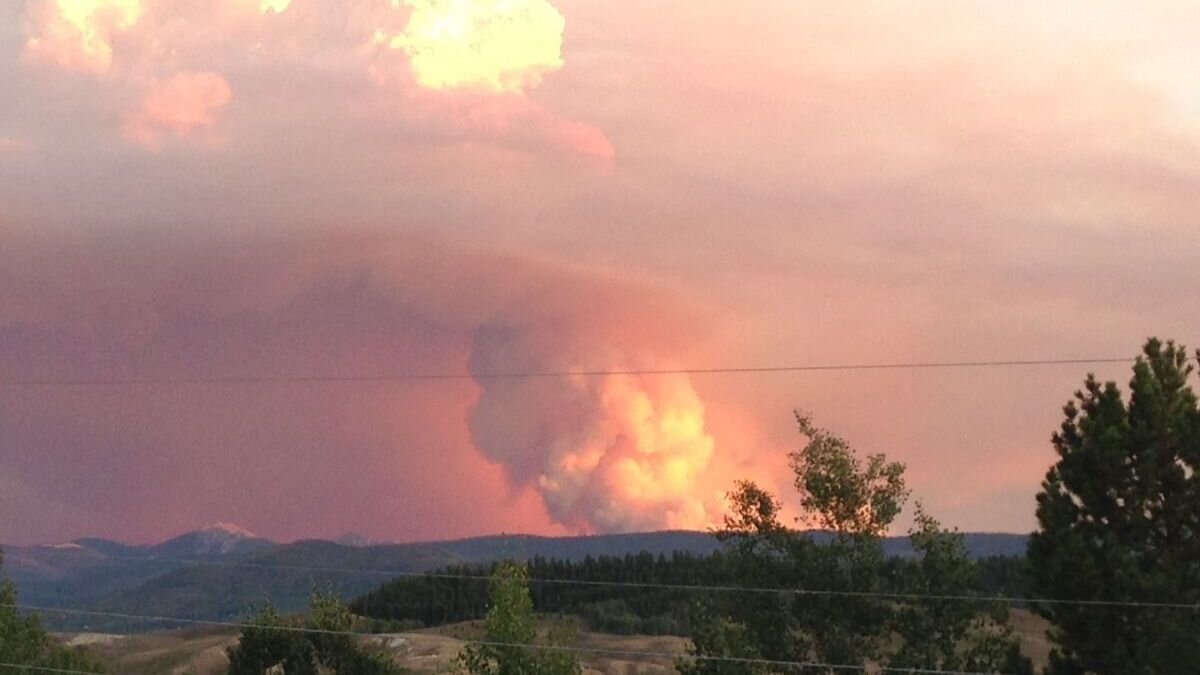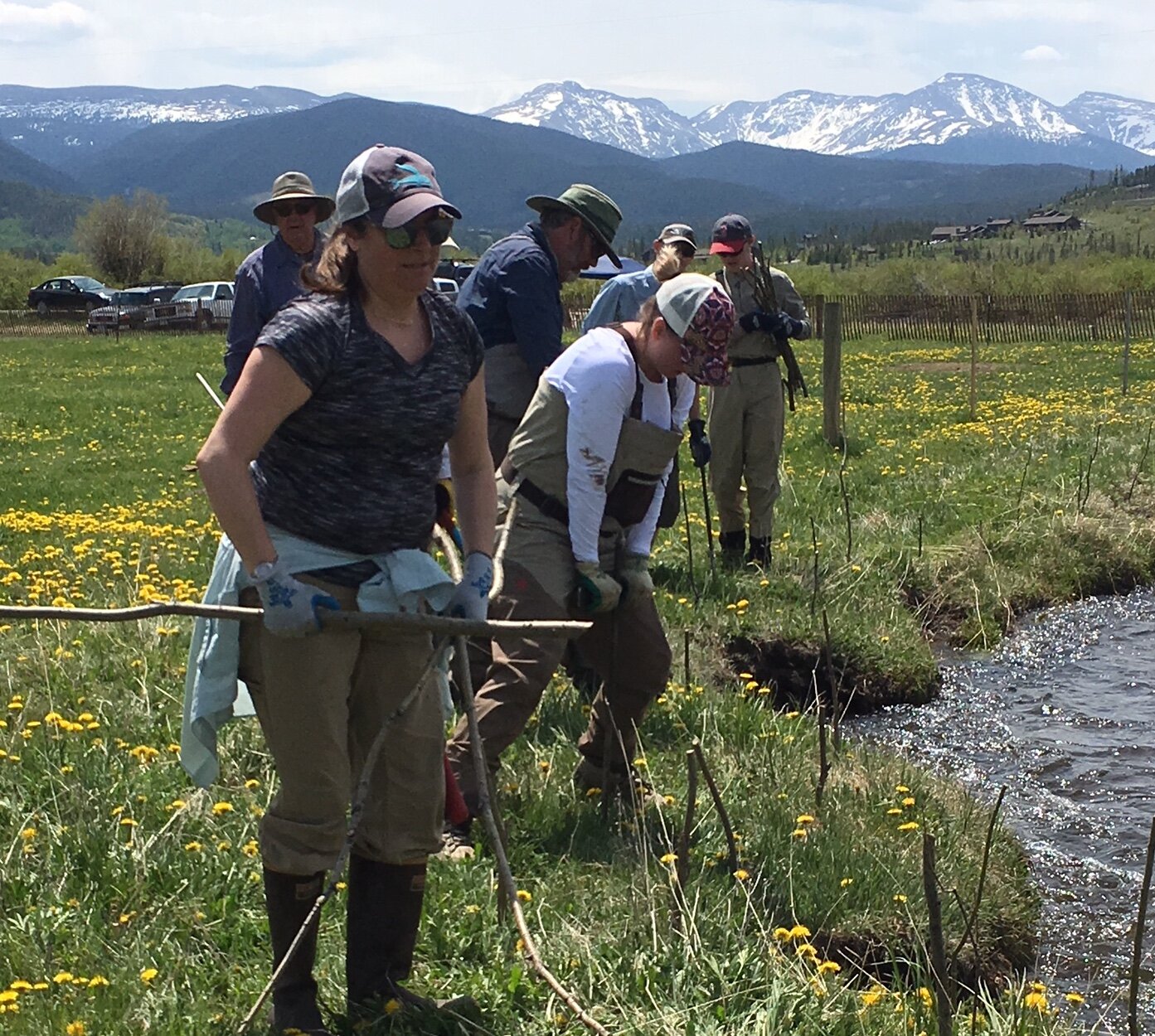High Country Angler and Colorado Trout Unlimited had the chance to pose a series of questions to the major-party candidates for U.S. Senate – current Senator Cory Gardner, and former Governor John Hickenlooper. Both campaigns were given up to 250 words to answer each question; their answers appear exactly as submitted. We encourage you to read through their responses, to take time to get educated on the candidates and issues on this year’s ballot, and to vote by November 3!
HCA: What do you see as the top 2-3 issues you would like to tackle over the next 6 years as Colorado’s US Senator?
Gardner: As millions of Americans struggle with the public health and economic crisis occurring as a result of the coronavirus, we must continue to focus on the steps necessary to keep people safe and get Americans back to work. Prior to COVID-19, Colorado’s economy had seen record job growth, wage increases, and its lowest unemployment rate in history. Colorado’s outdoor recreation economy in particular, employed 229,000 workers and added $11 billion to the economy annually. As a result of the coronavirus, Colorado’s economy is suffering, leaving countless communities and families vulnerable in this time of need.
The CARES Act I helped craft and pass earlier this year provided hundreds of billions to keep small businesses open and their employees on payroll. It also expanded testing, bolstered the availability of critical PPE, and delivered resources for state and local governments. But more needs to be done. Ensuring my Great American Outdoors Act is fully implemented remains critical. This bipartisan bill fully funds the Land and Water Conservation Fund, revitalizes our National Parks by addressing critical maintenance shortages, and creates 100,000 jobs at a time when millions are struggling. I also remain committed to passing the TEST Act, which I introduced with my colleague Senator Michael Bennet to ramp up testing and streamline detection for future infectious diseases. Together, these actions can help us defeat the coronavirus, giving Americans the certainty and confidence they need to return to work and the great outdoors Colorado is known for.
Hickenlooper: Health care, climate change, and the economy (and in Colorado, especially the outdoor economy).
HCA: Defining what waters are or are not protected under the Clean Water Act has been a contentious issue, and a moving target, over recent years. What is your view on how best to define the scope of what waters are covered under the Act?
Gardner: Every Coloradan knows how critical water is to life in the Centennial State. Former Colorado Congressman Wayne Aspinall once said, “When you touch water in the West, you touch everything.” Whether we are addressing drought, wildfire, agriculture, streams, or clean drinking water, I believe that a critical balance of federal and state policy is a must.
As the only state where all of our water flows out rather than through, I have made it my mission to ensure that federal policy protects every corner of Colorado’s economy and constituency. That’s why I worked to get $28 million in federal funding for the Arkansas Valley Conduit, a project that will deliver clean drinking water to 50,000 Coloradans. And that’s why I was proud to help secure passage of the Colorado River Drought Contingency Plan that will provide stable funding and laws to advance Colorado Water Policy for generations to come. I also secured passage of two critical endangered species laws, extending work on fish recovery in the South Platte and Colorado River.
Hickenlooper: Hickenlooper will follow the recommendation of scientists in determining which waters and wetlands have a clear connection to maintaining flow and quality of “navigable waters” - the standard used to justify regulation under the Clean Water Act. It is a high priority for Hickenlooper to keep pollutants out of our waters.
HCA: What is your proudest accomplishment as a public servant over the past 10 years?
Gardner: The recent passage of my Great American Outdoors Act into law is a once-in-a-lifetime accomplishment that permanently funds the Land and Water Conservation Fund (LWCF), fixes the crumbling infrastructure in our National Parks System, and will create 100,000 jobs in the process.
The LWCF is the crown jewel of conservation programs, using revenues from offshore oil and gas operations to fund critical public lands projects across the country, giving people from all walks of life more opportunity to fish, raft, recreate, and more.
The second piece of the bill is aimed at addressing the $12 billion funding shortfall for maintenance projects within our National Park system, $275 million in Colorado alone. Home to four National Parks and eleven National Forests, Colorado welcomes millions of visitors each year to these historic and protected areas, providing much needed economic stability for the towns in the surrounding areas. For every $1 invested in National Parks, $10 is returned to the economy. The funding commitment we secured in the Great American Outdoors Act will help solve this crisis and ensure that future generations can enjoy our public lands.
Hickenlooper: As Governor, Hickenlooper expanded health care under the Affordable Care Act to half a million Coloradans and led Colorado out of the Great Recession by taking it from 40th in job creation to the number one economy in the country.
HCA: Colorado has extensive public lands – National Parks, National Forests, Wildlife Refuges, BLM Lands – that face increasing pressure from many competing uses as well as from factors such as wildfire risk. What do you see as the Federal role – including any needed legislation – in conserving those lands for future generations?
Gardner: Defending and protecting Colorado’s public lands has been a priority of mine since day one. I believe the federal government’s role must include sufficient funding, innovation, and accountability in order to combat climate change and protect public lands for future generations.
99% of the approximately 250 million acres managed by the Bureau of Land Management (BLM) resides West of the Mississippi River, which is why I spearheaded moving BLM’s headquarters to Grand Junction, Colorado. This will give Western states more accountability and access to BLM because the decision makers will now live in the communities their policies impact.
For years I have been working on legislation to allow for the cleanup of orphan mine sites by Good Samaritans such as Trout Unlimited. Across Colorado and the West we have needed a permanent solution to the dangerous problem of abandoned mines. The opportunity to clean up the environment around these sites is crucial and Good Samaritan programs will finally allow for the long overdue process to begin. I have also worked extensively on wildfire legislation that fixed fire borrowing and brought our first responders into the 21st century with innovative technology. Coloradans are all too familiar with wildfires and I was proud to champion efforts that have provided real solutions to these tragic natural disasters.
But much more has to be done. Commonsense regulations and policies must continue to ensure Coloradans’ access to clean, safe, and prosperous public lands is not hindered.
Hickenlooper: The Trump Administration continues to diminish the federal lands estate, shrinking national monuments and repealing sensible protections for fish and wildlife habitats in National Forests and Bureau of Land Management lands. As Senator, Hickenlooper will work to pass the CORE Act, which will protect over 400,000 acres of public lands and create new wilderness. He will fight any efforts to diminish the scope and quality of our land, water, and outdoor resources.
HCA: If elected, you may be working with a Senate majority and/or a President from the other major party. How would you approach working across the aisle to serve Colorado’s interests?
Gardner: I am ranked the third most bipartisan member of the US Senate. Bipartisanship is a duty I aspire to uphold and it's the only way to be truly effective for the entire state. Since being elected to the Senate, I have authored ten bills that have been signed into law; that’s more than the entire Colorado delegation combined. Of those bills, five were signed by President Obama, five were signed by President Trump, and many passed with unanimous support. I have and will continue to work with any member of Congress or President that is interested in moving this country forward and ensuring more prosperity for all Coloradans.
I look forward to continuing that work and ensuring Colorado has a strong bipartisan voice in Washington, DC.
Hickenlooper: As Mayor and Governor, Hickenlooper worked to bring people together to deliver change. As Mayor, Hickenlooper brought mayors from across the Denver metro area to build one of the nation’s most ambitious transit projects. As Governor, he expanded health care to half a million Coloradans on a bipartisan basis. Hickenlooper has a proven record of bringing people together to get results, and that’s exactly what he’ll do in the Senate to solve our biggest challenges.
HCA: Is there anything else you would like High Country Angler readers to know about you and how you would approach service in the U.S. Senate over the next six years?
Gardner: As a fifth-generation Coloradan born and raised in a rural community, I believe strongly that Colorado’s best is yet to come. We are a unique Western state and strongly independent. Here in Colorado, we work across party lines, we roll up our sleeves and get the tough job done. It’s a part of our history, our culture, our values. The Pioneer spirit lives on in each and every one of us and it again falls on us to address the most gripping challenges of our time. Whether it involves coming together to support small businesses and protect our most vulnerable in the time of COVID-19, or finding common ground to protect our public lands, Coloradans will continue to lead the way.
Hickenlooper: Like most Coloradans, Hickenlooper enjoys the outdoors and highly values the quality of our environment – our air, water, wilderness, and other open spaces. After four years of Donald Trump and the Republican Senate, Hickenlooper believes we have much work to recover from all the efforts to abandon federal responsibility for protecting these natural resources. He will actively seek opportunities to promote legislation that helps solve the pressing issues like climate change, improving water conservation and quality, designating new wilderness, and supporting the outdoor industry. Hickenlooper looks forward to working with partners such as Trout Unlimited.
This is an article from High Country Angler Fall 2020 Issue. You can read the whole e-zine for free here.































